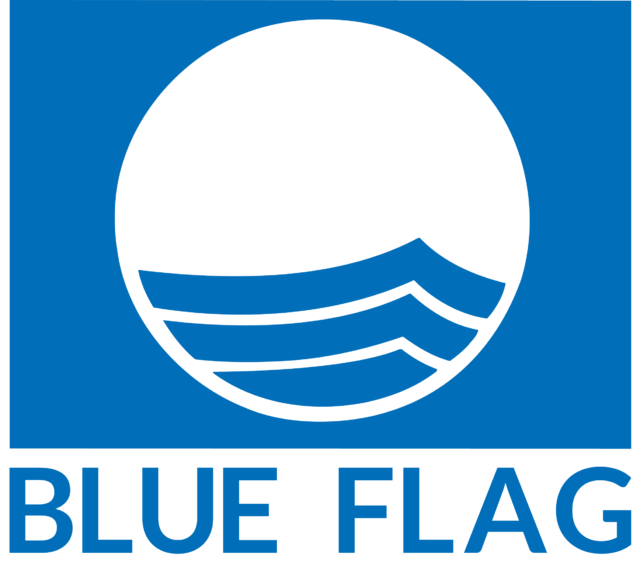India now has a total of 12 Blue Flag beaches. This is a big achievement for the country, proving its dedicated efforts towards the development and protection of its coastal and maritime resources. Blue economies are a phenomenon of the current decade, and India is gearing up to harness this untapped potential.
The Foundation for Environment Education (FEE) in Denmark accords the globally recognized eco-label “Blue Flag certification” (PIB) to beaches worldwide. To be eligible for this coveted title, a demanding set of 33 criteria, including environmental, educational, safety-related, and access-related criteria, must be met and maintained. Blue Flag’s purpose is to promote sustainability in the tourism industry through environmental education, environmental protection, and other forms of sustainable development.
India’s beach was the first Asian beach to get the Blue Flag certification in 2018. Chandrabhaga Beach/Golden Beach lies on the Konark coast of Odisha and is the first one to receive this title. The country boasts some of the finest beaches in the Indian Ocean region. Lakshadweep’s Minicoy Thundi Beach and Kadmat Beach are new additions to the list. These beaches are now earmarked on the international map and are one of the world’s cleanest beaches.
They are equipped with world-class amenities for tourists, safe swimming zones, security personnel, and lifeguards, and they promote sustainable tourism and development of the coastal areas. They also host adventure and water sports and are known for their serene and picturesque environment.
India’s cruise industry is booming, which is good news for people who wish to go on a seacation. Starting from the western coast to the eastern, including the inland river cruises on which the government is already working. Europe has the most Blue Flag beaches in the world, with Spain at the top with 729 beaches, followed by Greece with 591 and Turkey with 560 such sites. India is at the 36th spot on the worldwide rankings and is constantly trying to improve its reach in this arena.
Blue diplomacy will pave the way for India’s aspiring blue economy goals. It is essentially sustainable to harness maritime resources and develop a robust maritime security framework. The country’s diplomatic ties with the Indian Ocean littorals will be pivotal in its blue pursuits. India’s geographical positioning in the Indian Ocean Region is an added advantage as the country lies in one of the most crucial shipping lanes for trade and energy supplies to the world. Diplomats, naval veterans, scientists, and businesses must collaborate to actualize India’s blue economy’s potential. Maritime tourism can be an excellent soft power instrument in this process; it can promote bilateral ties and collaboration among key players involved.
QUAD nations have an abundance of oceanic resources, and if the Blue Economy is brought under the purview of QUAD, it can prove to be a game changer. The most visible impacts of climate change are sea level rise and changing weather patterns, which call for a dedicated approach and collaborative action on the most threatening issue of this century. Small island developing states (SIDS) and least-developed countries (LDCs) are the most affected. But it is a global challenge, and all countries, even landlocked ones, need to contribute towards finding a solution to this issue. India has rolled out a draft of its Blue Economy Policy, stating its vision for India 2030, and it is developing its blue potential in every possible way, but it still has a long ladder to climb.









